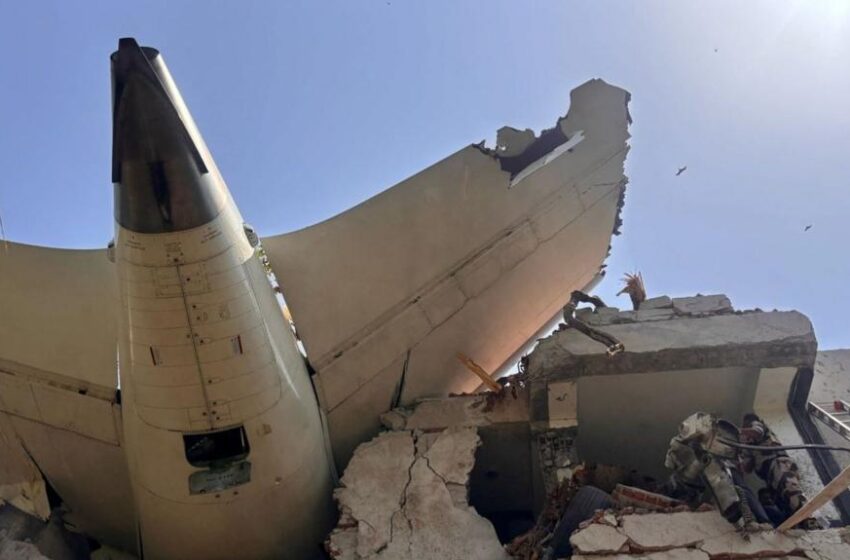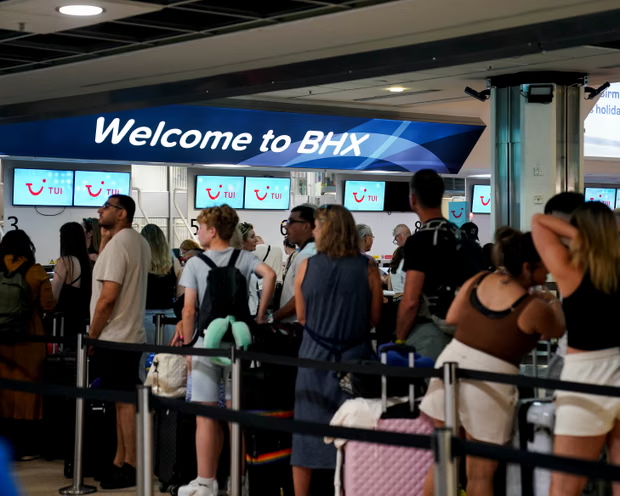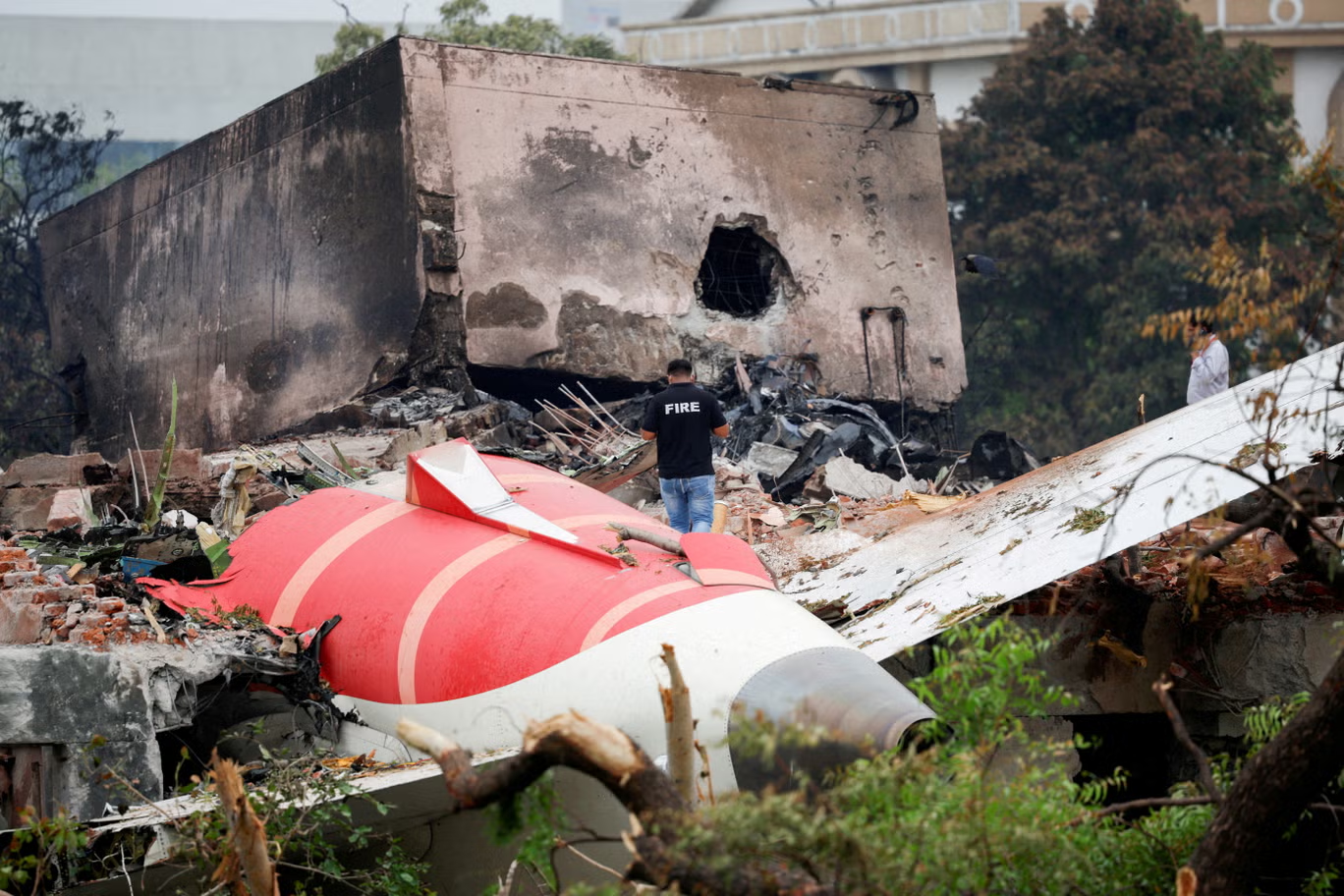Air India crash, Toronto tragedy… top plane accidents in 2025

Air India crash and other top plane accidents in 2025 raise concerns over aviation safety in the world.
The year 2025 has been one of the most turbulent in recent aviation history. From Asia to North America, the skies have witnessed a worrying surge in catastrophic air disasters that have not only shaken the aviation industry but also raised serious concerns about safety protocols, regulatory oversight, and emergency preparedness.
The recent tragic crash of Air India Flight AI171 shortly after takeoff from Ahmedabad — which claimed the lives of hundreds — is only the latest in a series of accidents that underscore the urgent need for systemic reforms. As grief blankets affected families and nations mourn, aviation experts and regulators are once again faced with critical questions: What went wrong? Could these tragedies have been prevented? And more importantly, what must be done to ensure air travel remains the safest mode of transportation in the world?
In this feature, we examine the most devastating plane crashes recorded in 2025 so far, explore the underlying causes, evaluate existing preventive measures, and propose long-term solutions to avert future disasters.
Ahmedabad Disaster: Air India Flight AI171
On 12 June 2025, Air India Flight AI171, a Boeing 787 Dreamliner carrying 242 passengers and crew, plunged shortly after take‑off from Ahmedabad, India, bound for London Gatwick. It tragically crashed into a residential neighbourhood in Meghani Nagar, igniting massive fires and claiming more than 290 lives, including victims on the ground . Survivors and eyewitnesses recounted the sudden descent, shockwaves of flames, and smoke clouds lighting up the sky. One late-breaking miracle involved a British‑Indian passenger pulled alive from the wreckage .
This marked an ominous first for the Dreamliner fleet: its first fatal crash. Prompted by this tragedy, India’s Directorate General of Civil Aviation (DGCA), in conjunction with the US NTSB and the UK’s AAIB, has launched a high-priority investigation into the aircraft’s systems—including engine performance and automated flight systems.
READ ALSO: Ahmedabad: Moment London-bound plane with 242 passengers crashed in India
January’s Potomac Mid‑Air Collision
Earlier in 2025, tragedy struck western skies when a Bombardier CRJ700 (American Eagle Flight 5342) collided mid‑air with a US Army Black Hawk helicopter over the Potomac River near Washington, D.C. All 67 passengers and crew—64 from the jet and 3 from the military helicopter—perished in the deadliest US crash since 2001 . The NTSB is focusing on narrow vertical separation and air‑traffic coordination failures—a stark warning about the risks of congested skies shared by military and civilian aircraft .
Philadelphia Medevac Catastrophe
Just two days later, on 31 January, Learjet 55 Med Jets Flight 056 exploded moments after lifting off from Northeast Philadelphia Airport, crashing into adjacent houses. Six people aboard, including a pediatric patient and her mother, along with two residents on the ground, lost their lives, while 20 others were injured . Preliminary investigations point to an in‑flight fire—possibly stemming from mechanical or fuel-system faults.
South Sudan Charter Jet Crash
On 29 January, an oil‑industry‑chartered Beechcraft 1900D departing Rubkona for Juba crashed shortly after take‑off, killing 20 of the 21 people aboard . Reports cite lax maintenance and oversight deficiencies, raising urgent questions about safety culture in remote aviation sectors .
Alaska’s Snow‑bound Tragedy
A Cessna 208B Grand Caravan on Bering Air Flight 445 disappeared on 6 February en route from Unalakleet to Nome. The plane was later found wrecked in Norton Sound, with all 10 occupants dead . Alaskan terrain and extreme weather are under intense scrutiny as investigators work to determine whether equipment failure, icing, or navigational issues played a role.
Toronto Runway Incident
On 17 February, Delta Connection Flight 4819—a CRJ900LR from Minneapolis to Toronto—landed hard and flipped over on Pearson International Airport’s runway. Although no one died, 21 passengers sustained injuries . A likely factor was improper touchdown technique amid crosswinds or runway surface irregularities, raising issues around pilot training and real‑time weather response.
Honduras Run‑Off: Jetstream Ends in Sea
On 17 March, Aerolínea Lanhsa Flight 018, a Jetstream 32 aircraft, crashed into the Caribbean Sea near Roatán after attempting to land—likely due to engine failure. Thirteen of 18 onboard were killed, including beloved singer‑politician Aurelio Martínez . Survivors endured harsh maritime conditions before rescue arrived.
What are the causes of plane crashes?
Critical phases are most dangerous: All incidents occurred during takeoff or landing—the flight stages with the highest operational risk.
Mechanical faults and maintenance lapses: Failures in engine systems, fuel lines, or airframe integrity were common factors, particularly in smaller carriers.
Regulatory oversight gaps: The South Sudan and Potomac crashes underscore issues with weak enforcement and lack of coordinated air‑governance systems.
Environmental extremes and terrain challenges: From chilly Alaskan seas to Caribbean coastal mishaps, geography and weather exacerbate risk.
Airspace management issues: The Potomac mid‑air incident highlights the dangers of inadequate civilian‑military traffic coordination.
How can we prevent plane crashes?
Rigorous Aircraft Maintenance and Reporting
Regulators must enforce stricter maintenance schedules. Carriers should audit their fleets monthly, especially older and smaller aircraft. Whistle‑blower protections for mechanics and engineers must be standard, enabling issues to reach authorities before tragedy strikes.
Priority on Pilot Training & Emergency Proficiency
Pilots must receive regular simulator sessions emphasising sudden system failures, severe winds, cross‑wind landings, and emergency decision‑making. Share lessons from recent major incidents across international training programs.
Strengthen Air‑Traffic Coordination
National authorities should implement shared civilian‑military flight corridors with transparent vertical separation standards. U.S. FAA‑NTSB collaboration might serve as a model. Stay ahead of technological bottlenecks in radar, transponders, and real‑time tracking.
Invest in Safety Technologies
Smaller operators should be incentivised to install emergency locators, real‑time terrain‑avoidance systems, and onboard weather‑adaptation tools. For Jetstream, Caravan, and Learjet operators, these aids can mean the difference between rescue and tragedy.
Environmental Readiness
In weather‑challenged regions, equip fleets with ice‑protection, de‑icing lines, and high‑resilience navigation systems. Develop stronger protocols for weather‑scrubbing flights and port closure if risks outweigh benefits.
Enhance Global Inquiry Cooperation
Accident investigations must be cross‑border and transparent. Manufacturers like Boeing must collaborate openly with transport authorities. Findings and recommendations must be publicly shared and integrated into manufacturers’ airworthiness directives.
Data‑Driven Safety Culture
Regulators and airlines should institute confidential incident reporting, trend‑analysis dashboards, and public safety indexes. Pressure to improve must be systemic and continuous—not reactionary.




